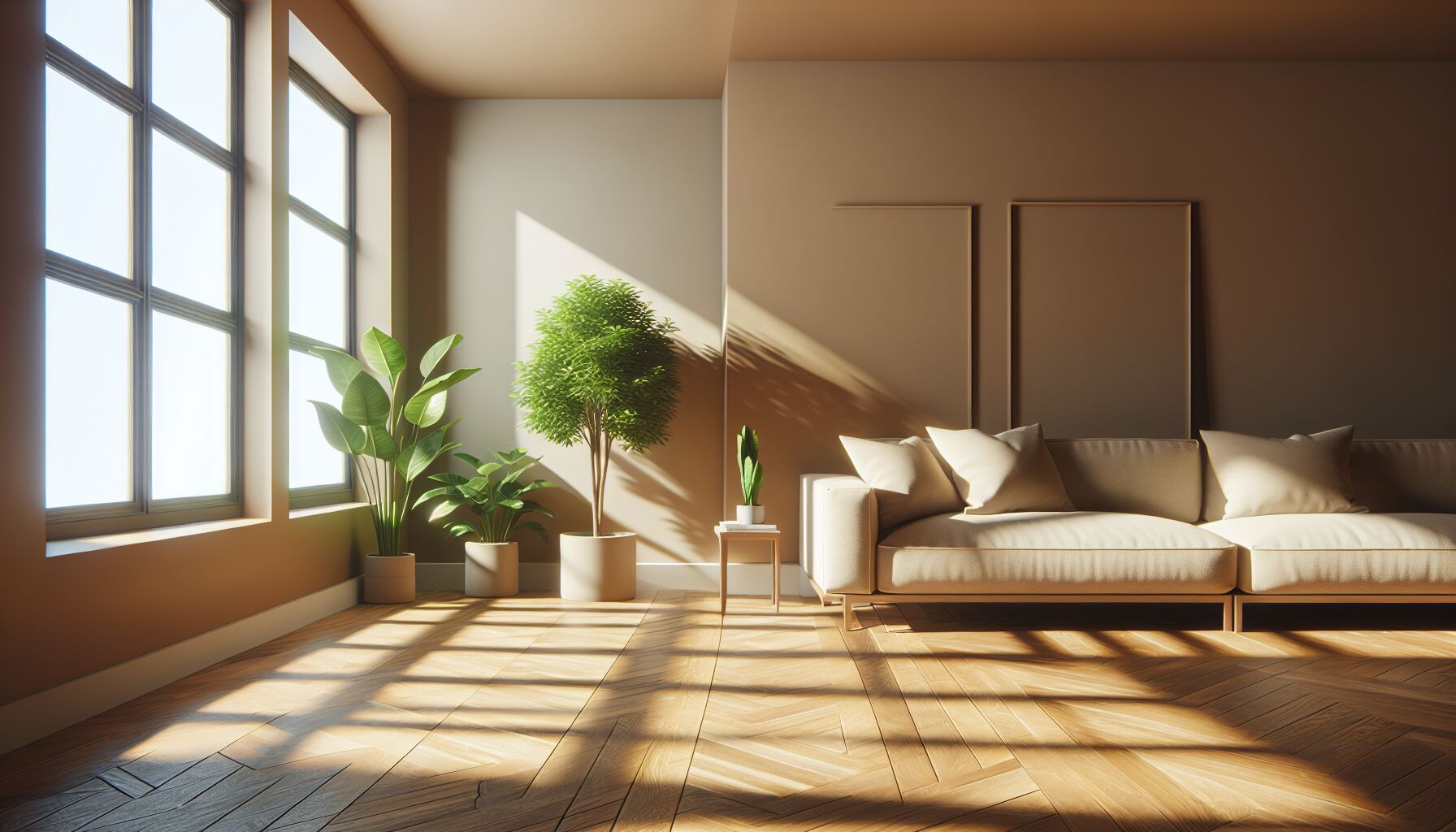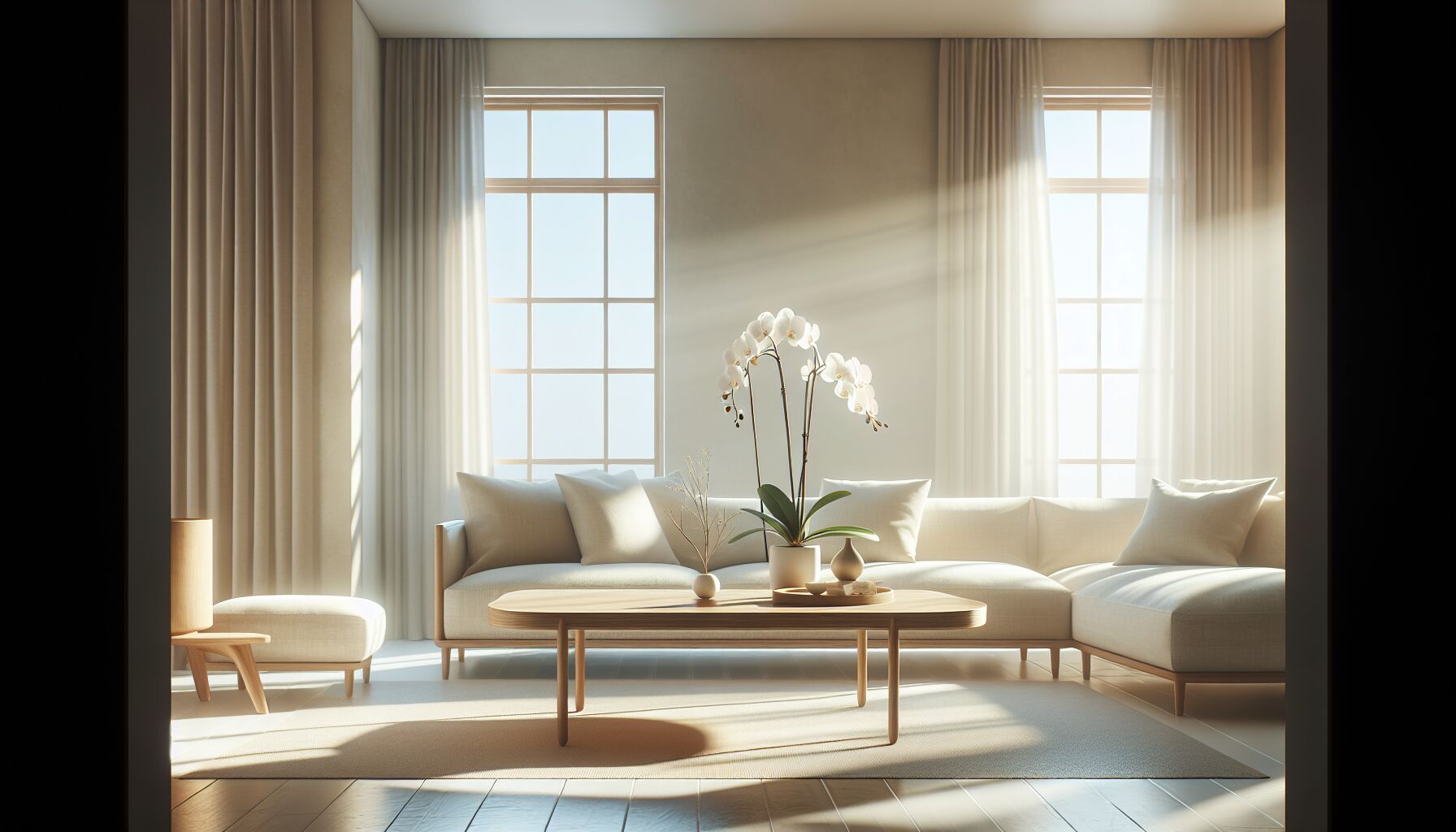 Imagine waking up in a space where everything has its place — where clarity and calm greet you instead of chaos. That’s what a clutter-free environment offers. It’s not just about aesthetics or tidying up; it’s about breathing life back into your home and, surprisingly, your mind.
Imagine waking up in a space where everything has its place — where clarity and calm greet you instead of chaos. That’s what a clutter-free environment offers. It’s not just about aesthetics or tidying up; it’s about breathing life back into your home and, surprisingly, your mind.
A serene environment can be the backdrop against which daily stress unravels and dissipates. As the ancient philosophers recognized, “When there’s order in the house, there’s order in the mind.” This wisdom still holds in our increasingly complex lives. Let’s talk minimalism for a second — not the stark, barren kind but the friendly, welcoming version. It’s about creating an environment where only what’s needed and loved remains, helping to nurture a sense of purpose and direction.
Here’s the thing: Clutter can sneak up on you, like those vines that wind their way around a strong old oak. Before you know it, your energy flow — the invisible current that animates your living spaces — gets blocked. Rooms that should rejuvenate start to drain, subtly affecting your mood and even your relationships.
Beyond the tangible, there’s a deeper impact on your spirit. As you peel away layers of clutter, you strip away stress and invite mindfulness. The Japanese have elevated this concept into an art form called ‘Kanso,’ which emphasizes simplicity and purity. It’s a practice of eliminating the unnecessary to accentuate the essence of your dwelling and, by extension, yourself.
Consider the energy cost you’ve been paying, not in dollars, but in attention. Every item demands space, energy, and decision-making — a mental tax you didn’t sign up for. By decluttering, you free up that energy, striking a balance between serenity and stimulation.
Some argue that a cluttered desk is a sign of a creative mind, but mindfulness asks us to consider how much is too much. When chaos envelops us, creativity may be drowned out by the clanging of countless distractions. With each item you let go, you’re fine-tuning your ability to focus, allowing creative ideas to surface in a tranquil sea rather than a storm-tossed ocean.
For those working from home, the benefits are even more pronounced. Imagine trying to focus amidst physical disorder. A tidy space isn’t just comforting; it’s fundamentally productive. Suddenly, you find time you didn’t know you had — moments become richer, and life feels more vivid.
Reflecting on our discussions, decluttering is a profound opportunity to curate a home that not only looks good but also feels like a harmonious extension of oneself. It’s an act of self-care and self-honoring, a step toward mindful living. So, as you sip your morning coffee, take a look around: What items lift you up, and which ones no longer speak to who you are? When we clear our surroundings, we untangle our thoughts, creating space for what truly resonates.
There’s no denying a clutter-free environment is a game-changer. Embrace it, cherish it, and watch as it quietly transforms your world — one room, one thought, at a time.
Steps to effectively declutter
Clearing out your home might sound like a Herculean task, especially with life’s many demands buzzing around. But, don’t fret—it’s more a journey than a sprint. Begin with a simple plan. Before touching a single item, take a moment to visualize the kind of space you crave: serene, purposeful, and filled with only the essentials that lift your spirit. Let this vision propel you forward.
Step 1: The Gentle Art of Letting Go
Start with something small, perhaps a drawer or a single shelf. Sorting through a smaller area helps build momentum without feeling overwhelmed. As you sift through items, ask yourself, “Does this serve my life now?” or “Does it bring me joy?” It’s a practice inspired by Kanso, fostering mindfulness and celebrating simplicity.
Step 2: Sorting and Grouping
Adopt a system: allocate items into three boxes labeled “Keep,” “Donate,” and “Discard.” It’s a classic method but one that encourages decisions without excessive pondering. Imagine each object as part of your home’s energy flow; if it disrupts more than enhances, it’s time for a goodbye.
Step 3: A Humble Reflection on Minimalism
Invoke the spirit of minimalist principles—not as a sterile dictate but as an invitation to reflect deeply on what you truly value. Minimalism is not synonymous with deprivation; rather, it’s prioritizing quality over quantity. “Perfection is achieved, not when there is nothing more to add, but when there is nothing left to take away,” noted Antoine de Saint-Exupéry. Embrace this approach to allow more space for your dreams and ambitions.
Step 4: Organizing with Intention
Now comes the creative part. As you return the cherished items to their places, think like an artist arranging a gallery. Position objects to cultivate harmony and ease of accessibility. Design each room as a sanctuary that fosters peace and effortless movement, making your home a natural extension of your mindful self.
Finally, don’t forget to cultivate patience with yourself throughout this process. Decluttering is deeply personal and occasionally emotional. It’s more than reshuffling stuff; it’s reorienting your life compass. So, intersperse moments of gratitude and reflection. With each item that leaves, you’re making room—not just in your home, but in your heart and mind for what lies ahead. Reclaim your energy, redirect focus, and enjoy the calm you’ve crafted.
Maintaining a clutter-free lifestyle

Long-Term Lightness: Living with Less
Keeping a clutter-free home isn’t laundry day; it doesn’t simply come around once a week. It’s an ongoing relationship, like nurturing a garden that thrives with love and a keen eye. The truth is, clutter has a sneaky way of creeping back, hiding in plain sight, much like weeds waiting for the right moment to sprout. So, how do we stay one step ahead?
First, consider adopting a maintenance routine that aligns with your natural rhythm. Maybe it’s a quick 10-minute tidy each evening or a more substantial session every Sunday. The goal is maintenance, not perfection. There will be days when life gets in the way—days when the mega pile of papers or a room that miraculously attracts clutter seems insurmountable. Be gentle with yourself then. Remember, embracing minimalism isn’t a hard-and-fast rulebook; it’s a flexible guide to help navigate life’s ups and downs.
Speaking of flexibility, our lifestyles change over time, and so should our spaces. You might not get stuck on the same possessions forever; what served you in college might not be relevant in your abode now. A routine reassessment helps you keep what aligns with your current stage—a living, breathing testament to your present life. You wouldn’t wear the same style from a decade ago, would you?
Mindfulness extends beyond major decluttering sessions. Apply it to your shopping habits. When you pick up something new, ask yourself if it will complement or compete with the tranquility of your space. An item should earn its spot. And let selling or donating things be a generous part of your cycle, not just a clean-up necessity.
Communicate the benefits of a clutter-free environment with household members. Encourage a shared vision of your home’s tranquility so that everyone’s on the same page. You might even find joy in creating communal goals or mini challenges that involve the whole family—decluttering doesn’t have to be a solo mission.
Imagine organizing as you prepare for a change in the seasons. Swap out clothing, rotate books, freshen linens. A home in tune with the cycles of nature can foster a living harmony—a resonance that invigorates your spirit just like an invigorating spring breeze.
And finally, practice gratitude. As you glide through your newly curated spaces, take a moment to appreciate the energy flow you’ve cultivated. Those open areas, free of yesterday’s clutter, are fertile grounds where peace and intention can flourish. So, as you sip your evening tea, let yourself bask in the satisfaction of having a space that truly mirrors your aspirations and vibrant spirit. Consider integrating a practice like evening meditation or journaling to savor this tranquility further. It’s not just about living with less; it’s about making room for more of what enriches our soul.
A holistic, clutter-free life is like a well-tuned orchestra, each piece playing its part in perfect unison. Your home should be your sanctuary—a tangible reflection of your inner calm and clarity. So cherish it, maintain it, and nurture it with unwavering attention. After all, the serenity you’ve crafted does more than brighten your day; it echoes quietly into your being.
 DS Haven In Light Of Things
DS Haven In Light Of Things






